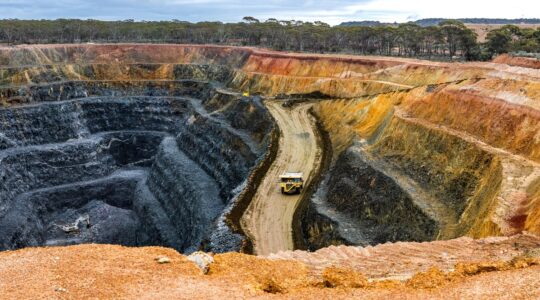Destocking in the United States, drought in South America and a declining Chinese economy are impacting Australia’s beef industry.
The latest Global Beef Market update shows a combination of global factors points to an overall positive trend for the local industry.
Meat & Livestock Australia (MLA) Global Supply Analyst Tim Jackson said that overseas supply dynamics have a strong impact on the Australian beef industry.
Mr Jackson said Australia’s market share in Japan and Korea continued to lift, while the United States emerged as the number one export destination for beef in the first quarter of this year.
“A long running destock in the US has driven American production down. This has boosted demand for Australian beef in the United States itself, but also in Japan and South Korea, where the US competes with Australia for imported share,” he said.
Mr Jackson said the outlook for Australian exports was strong according to the report.
“Alongside the decline in US production, South American slaughter has been very high as drought conditions persist in key cattle producing regions. As conditions normalize, production is likely to decline, further reducing the global supply of beef.
“Despite low consumer confidence, unemployment remains low in most advanced countries, and inflation has been falling in most of our export markets. At the same time, a weak Australian dollar has made Australian beef more competitive on the global market.”
He said the industry was also watching the economic performance of China.
Mr Jackson said China was the world’s largest beef importer and second largest economy and has seen a slowdown in key economic indicators, as well as below-trend consumer sentiment since mid-2022.
“This has impacted import pricing and has markedly slowed import volume growth. According to the report, if export volumes into China begin to materially decline, it would accelerate the diversification of South American exports further and likely put considerable pressure on global cattle supply.”
Mr Jackson said both Australian exports of grassfed beef and grainfed beef grew so far this year, but grassfed exports grew substantially more, with a 29 percent increase, compared to a seven percent jump for grainfed.
Read the full Global Beef Market Update.








